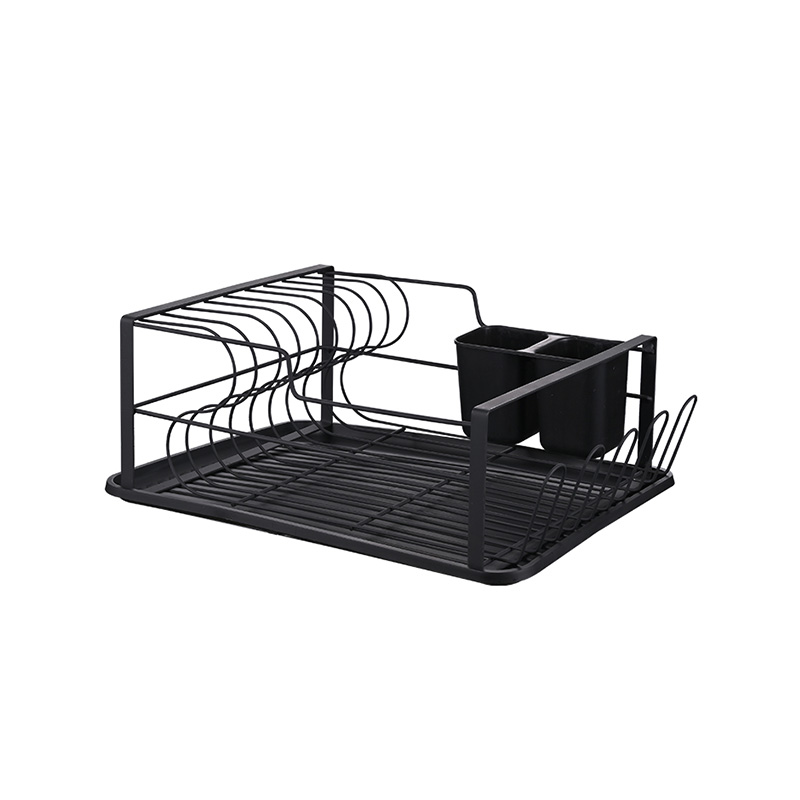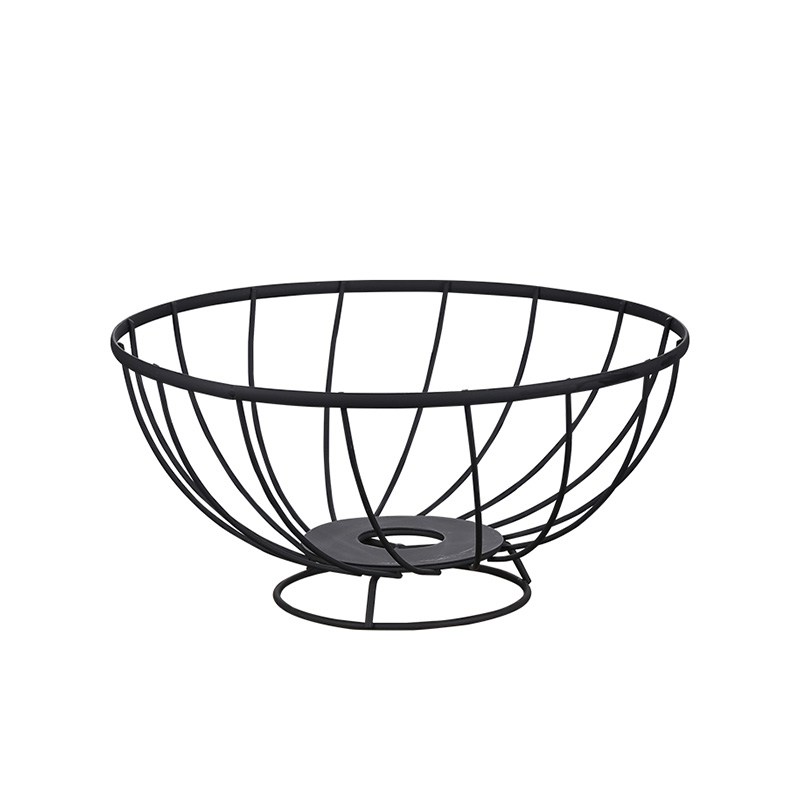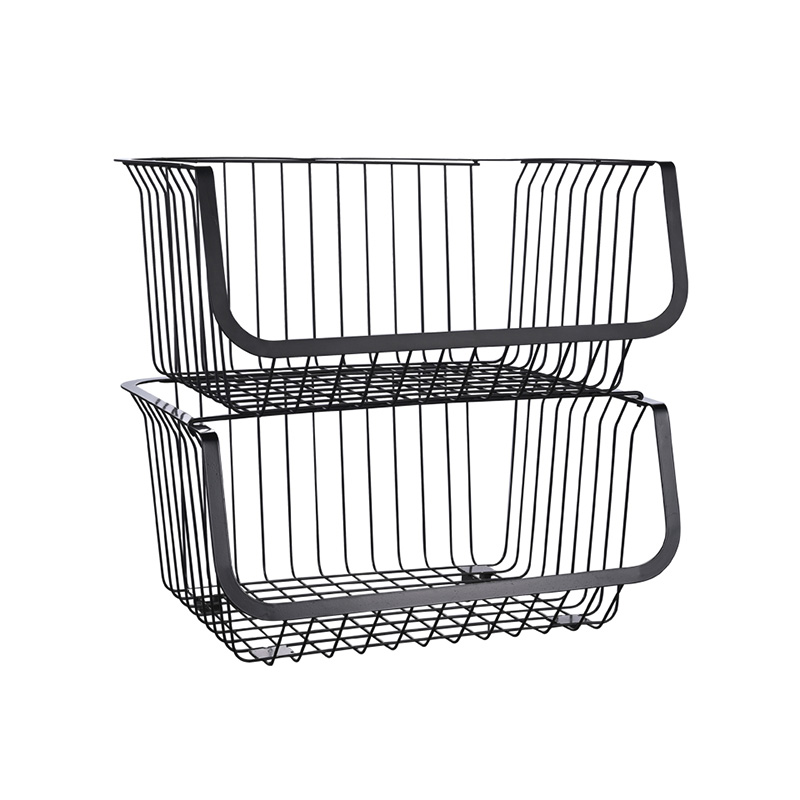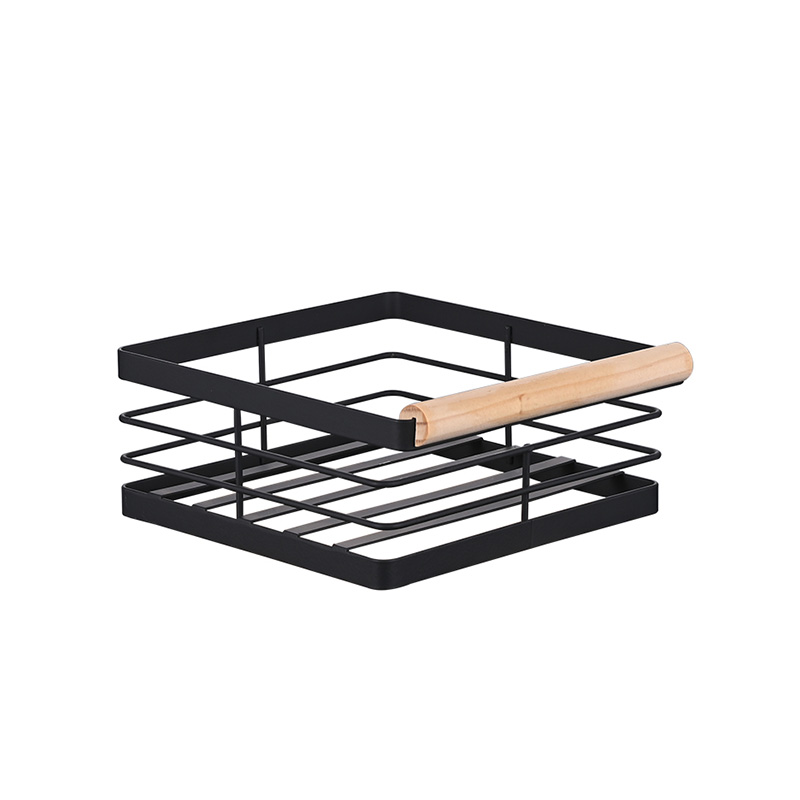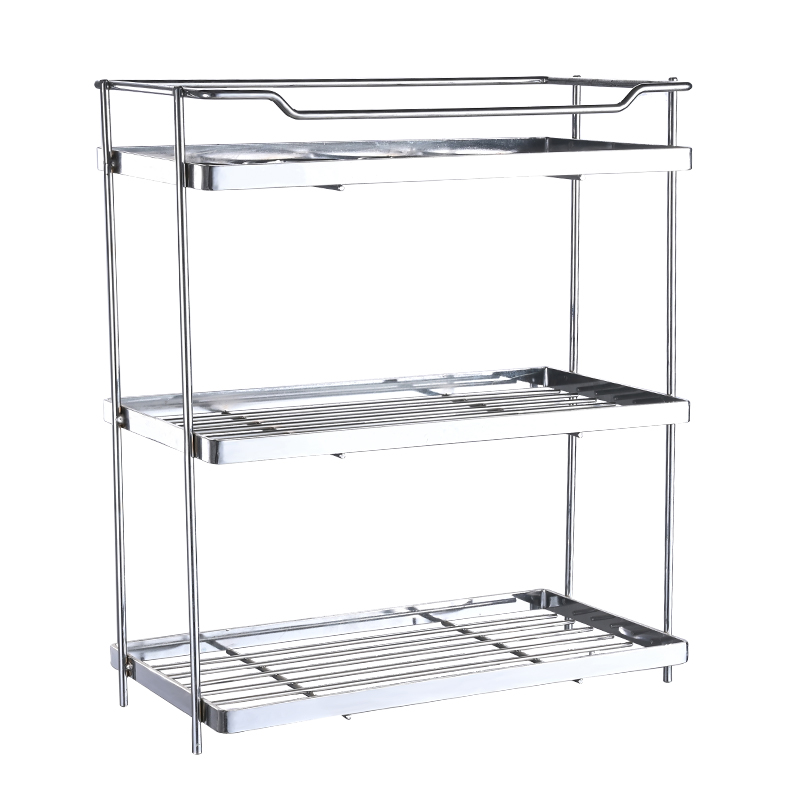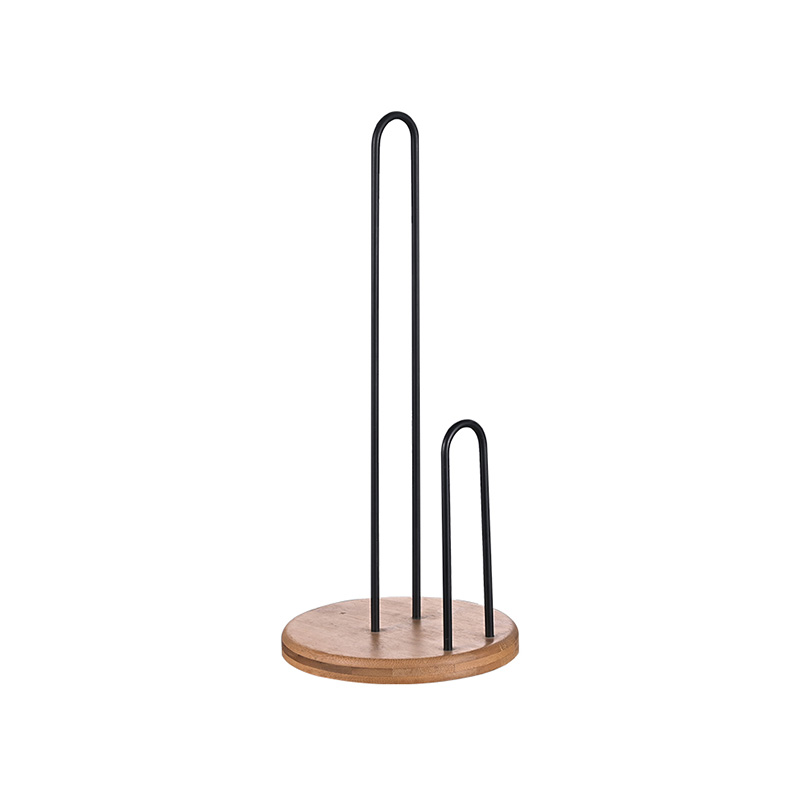Paper Towel Holder: The Ultimate Guide to Types, Installation & Top Selections
Choosing a paper towel holder might seem straightforward, but with the wide range of styles, mounting options, and materials available, the decision can get surprisingly complicated. This guide walks you through the key things to consider—from understanding different types to navigating installation—so you can make a well-informed choice for your home.
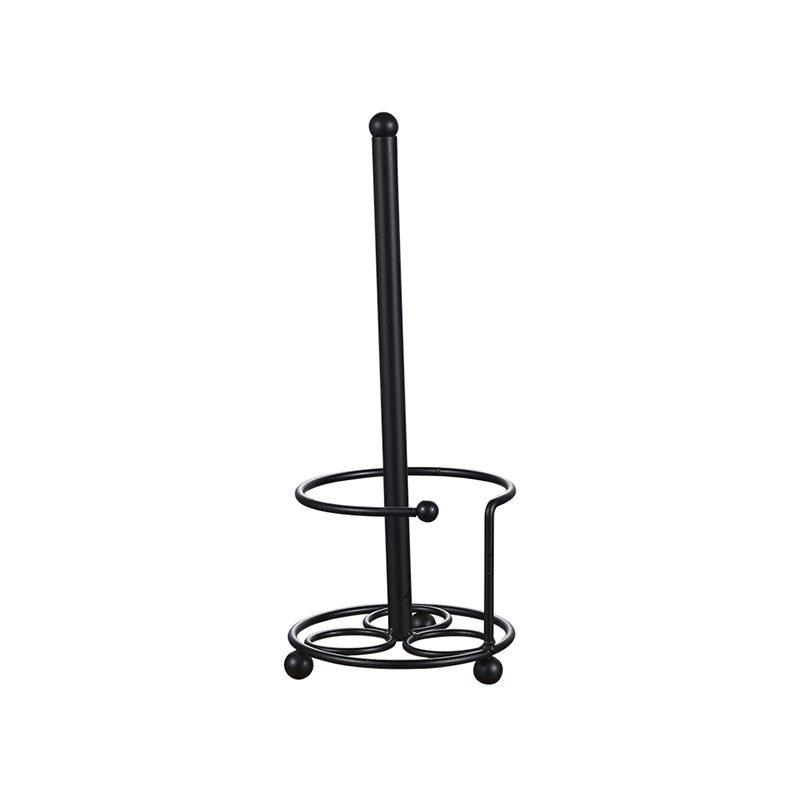
Exploring Common Styles
Paper towel holders are mostly categorized by how and where they’re placed. Getting familiar with these types is the first step.
Countertop Holders: These are freestanding units that sit on your kitchen counter, island, or table. They’re usually easy to move and don’t require any installation. The main thing to keep in mind with this style is that they take up counter space, which can be a downside in kitchens where surface area is limited.
Wall-Mounted Holders: As the name suggests, these attach directly to a wall. This style keeps counters clear and can be placed at a convenient height. Installation is a bit more involved, though—you’ll typically need to drill into the wall and use anchors for a stable hold. They’re a permanent fixture once installed.
Under-Cabinet Holders: These mount to the bottom of an upper kitchen cabinet. They’re a popular pick for maximizing space efficiency since they use area that would otherwise go unused. Installation varies: some use simple clamping mechanisms, while others require screws for a more fixed hold. They keep your towel roll within easy reach without cluttering your sightline.
Freestanding Floor Holders: These are larger units that stand on the floor, often with a weighted base. They’re practical for kitchens with plenty of floor space—especially near a kitchen island—and can hold bigger rolls or even multiple rolls at once.
Understanding the Installation Process
Installation method can be a big factor in your decision. Here’s a general breakdown of what to expect.
Tool-Based Installation (Screws & Anchors): Most wall-mounted and many under-cabinet models need you to drill pilot holes and secure the holder with screws. Using the right wall anchors is key for a secure fit, especially in drywall or tile. This method gives a durable, long-lasting result.
Adhesive-Based Installation: Some holders use strong double-sided adhesive tape or pads. This is a non-invasive option that skips drilling. Success depends a lot on the surface being clean, smooth, and non-porous. It’s a great solution for renters or anyone hesitant to make holes in walls, though it might not support heavier holders or rolls as reliably over time.
Pressure-Mount or Magnetic Installation: These are usually the simplest options. Tension-mounted bars expand to fit a space, while magnetic holders stick to steel surfaces. They offer lots of flexibility and are generally tool-free, but their stability depends on a perfect fit or a compatible metal surface.
A Look at Material Choices
The material of your holder affects its look, durability, and how easy it is to clean.
Stainless Steel: Known for resisting rust and corrosion, stainless steel has a modern, clean appearance that’s easy to wipe down. It’s a sturdy choice that fits well in most contemporary kitchens.
Coated Metals (e.g., Black, White, Bronze): Holders with a powder-coated or enameled finish add color and style. The coating helps prevent chipping and scratches, and it lets the holder match your other kitchen hardware and appliances.
Wood: Wooden holders—whether bamboo, oak, or another type—bring a natural, warm feel to the kitchen. They might need more specific care to avoid moisture damage, but many people love their organic texture.
Key Considerations for Daily Use
When you’re browsing options, it’s helpful to think about day-to-day use. How easy is it to load a new roll? Does the mechanism let you tear off a sheet smoothly with one hand? Is the design compatible with the roll sizes you usually buy? Thinking through these practical details will help you find a holder that’s not just visually appealing, but also works well for your routine.
-
Feedback


 English
English 中文简体
中文简体 русский
русский Español
Español
